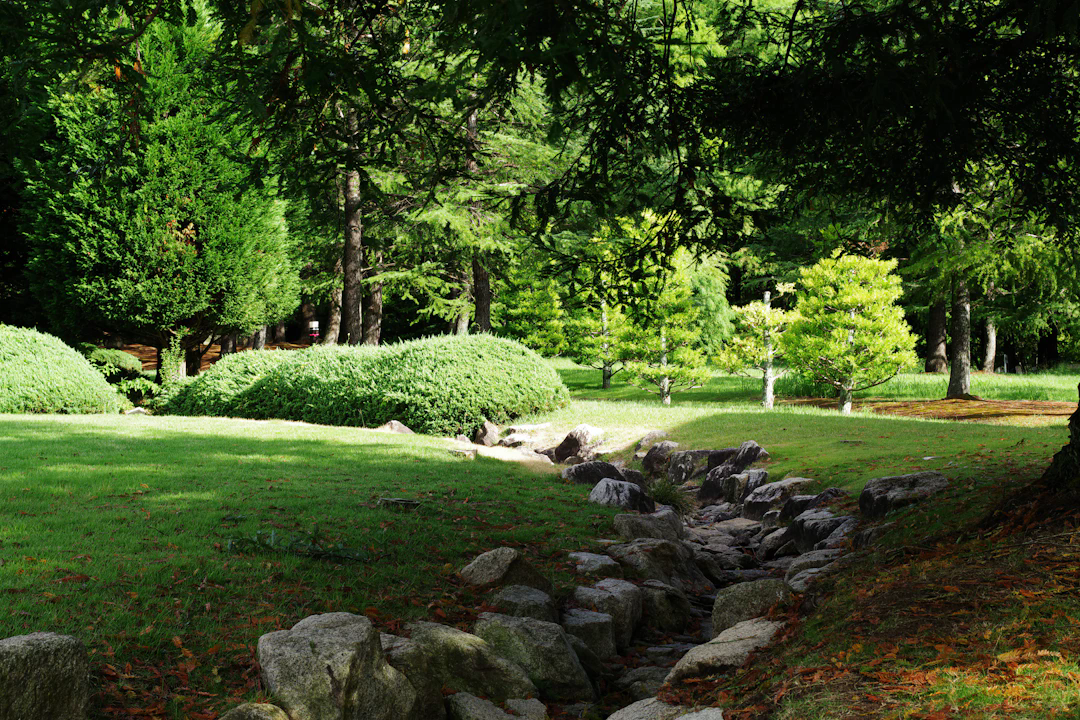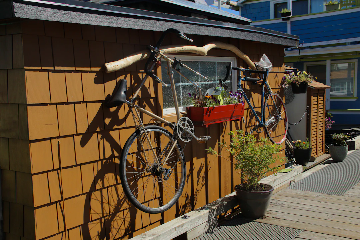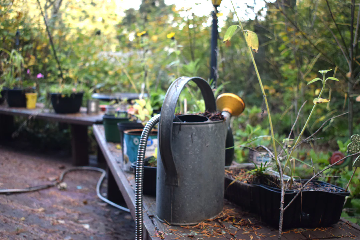Boosting Seattle’s Healthy Home Upgrades
Camila Ward - 13 Aug 2025 13 Aug 2025
When it comes to creating a home that’s not only comfortable but also a haven for health and sustainability, Seattle is leading the way. As someone who’s spent years engineering eco-friendly spaces, I’m impressed by the marriage of science, design, and practical support happening right here. Innovative programs like Breathe Easy Homes and robust city incentives make it easier than ever for homeowners to make meaningful home improvements.
Let’s start by talking about indoor air quality—a crucial factor in overall well-being. The Seattle Housing Authority’s Breathe Easy Homes program is a standout example. Homes are built with mechanical ventilation systems that bring in fresh, filtered air and feature interiors designed to minimize off-gassing of harmful chemicals. Residents also get hands-on education, learning how everyday choices like cleaning products or soft furnishings can improve indoor air quality and reduce asthma triggers in the home [1].
Scientific studies back up these design choices. Children with asthma moving into Breathe Easy Homes saw a dramatic decrease in symptom days and urgent care visits. In fact, days without asthma symptoms doubled within a year, and exposure to indoor irritants like mold and moisture nearly vanished [1]. For anyone caring for a loved one with respiratory conditions, these numbers are more than statistics—they’re life-changing outcomes.
Another impressive feature is the whole-house ventilation system used in communities like Yesler Terrace. By filtering out over 99 percent of airborne pollutants, and even moving to HEPA filtration in some cases, these homes set a high standard for indoor air while keeping energy bills in check. Pair that with simple educational strategies for residents—such as dust-mite covers or green cleaning toolkits—and you get a holistic approach to healthy living.
Energy Efficiency: Rebates and Smart Upgrades
Now, let’s talk about the energy that powers your comfort. Seattle City Light has crafted a toolkit of rebates and instant discounts for high-efficiency upgrades. Installing a heat pump? Contractors can pass an instant rebate your way, and oil-heated homes switching to heat pumps get even bigger incentives. Income-eligible households may even qualify for no-cost upgrades, thanks to programs from the Office of Housing and the HomeWise initiative [2].
Water heating accounts for a substantial slice of home energy use. Fortunately, hybrid heat pump water heaters (HPWH) are 2 to 3 times more efficient than conventional models, and City Light provides up to $750 in rebates—whether you work with a contractor or roll up your own sleeves for a DIY install. The flexibility and transparency of this program ensure that everyone, from a first-time DIYer to the most seasoned renovator, has a pathway to savings and sustainability [2].
Appliance upgrades don’t stop at water heaters. Rebates on Energy Star front-load washers and super-efficient heat pump dryers mean lower bills and less impact on the planet. Even improving your thermostatic controls or adopting simple gadgets like shower shut-off valves can add up to notable savings over a year. No matter your budget or where you are on your home improvement journey, there’s support awaiting you in Seattle.
For clarity, here’s a quick table to summarize some key rebates:
| Upgrade Type | Incentive | Eligibility |
|---|---|---|
| Heat Pump (HVAC) | $2,000 instant rebate (oil switch) | Oil-heated homes |
| Heat Pump Water Heater | $750 rebate | All homes |
| Heat Pump Dryer | BPA Tier 3 rebate | All homes |
| Smart Thermostat | Instant rebate | Electric heating systems |
Innovation: Blue Carbon for Maritime Health
Seattle’s push for climate leadership extends well beyond home walls. The Smith Cove Blue Carbon Pilot Project at the Port of Seattle shows what happens when ecological innovation meets robust collaboration. Since 2017, test plots of kelp, eelgrass, and shellfish have transformed a patch of Puget Sound into a living laboratory. These marine plants soak up carbon at rates rivaling forests, while offering habitat for salmon and cleaner water for everyone [3].
This blue carbon concept isn’t just about trapping greenhouse gases; it’s about supporting a resilient urban ecosystem in the heart of a bustling city. Partnerships with local tribes, restoration groups, and public agencies are turning marine restoration science into everyday practice, providing templates for healthy, climate-forward waterfronts everywhere. Whether you’re planting a garden in your backyard or cheering on habitat restoration in Elliott Bay, your actions stack up to support both personal and planetary health.
References:
[1] Seattle Housing Authority, Breathe Easy Homes
[2] City of Seattle, Home Energy Solutions
[3] Port of Seattle, Smith Cove Blue Carbon Pilot Project
Read More

Camila Ward
Author
Raised in a bustling suburb of Atlanta, Camila Ward grew up fascinated by machinery and how things work. She attended Georgia Tech and became a mechanical engineer, quickly making a name for herself through innovative eco-friendly design projects.
After a decade in R&D for a major tech firm, Camila took a leap and opened her own consultancy. She now specializes in sustainable solutions for urban environments, balancing her technical expertise with a commitment to social responsibility.

